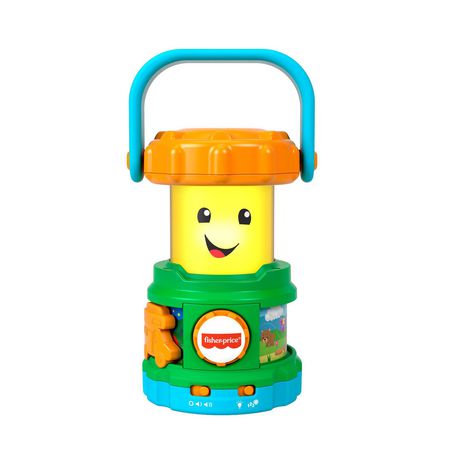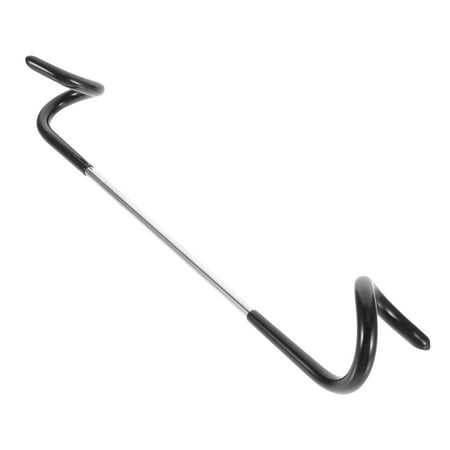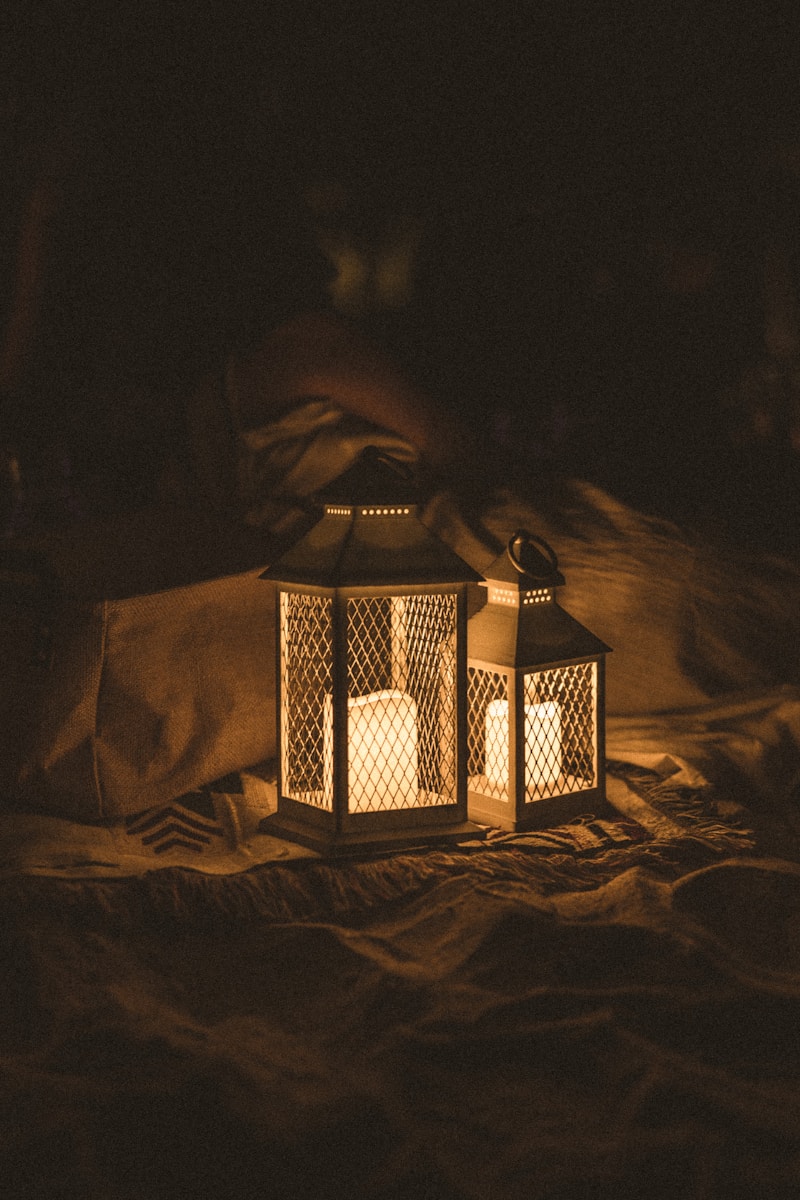Embarking on an outdoor adventure demands reliable gear, and a dependable lantern is crucial, especially when facing unpredictable weather conditions. The question often arises: how do you discern between water-resistant and waterproof lanterns? This distinction is vital for outdoor aficionados seeking gear that matches their adventurous spirit. This article delves into the nuances of water resistance versus waterproofing in lanterns, offering insights and tips to help you select the ideal lantern for your outdoor pursuits, whether you’re an experienced explorer or setting out on your first camping trip.

Deciphering Water Resistance and Waterproofing in Lanterns
When it comes to outdoor gear, understanding the terms “water-resistant” and “waterproof” is crucial. Though they may sound similar, their meanings significantly differ, impacting your choice of lantern for outdoor excursions. Water-resistant lanterns can handle light moisture – think splashes or light rain – but might falter under more intense water exposure. In contrast, waterproof lanterns are built to endure not just splashes but also complete submersion, making them the go-to for more extreme weather encounters.
The significance of opting for a lantern with the right level of water resistance cannot be overstated, especially given the unpredictable nature of outdoor environments. A sudden downpour or an accidental dip in a stream shouldn’t spell the end for your source of light. Ensuring your lantern is equipped to handle such situations means uninterrupted light, regardless of the weather.
Industry standards, such as the Ingress Protection (IP) rating, serve as a guide to a lantern’s water resistance capabilities. These ratings, ranging from IPX0 to IPX8, offer a clear indication of what each lantern can withstand, from no water protection to protection against continuous submersion.
Check Out These Great Items From eBay!
Evaluating Water Resistant Lantern: Key Considerations
When assessing the water resistance of a lantern, several key considerations come into play, each contributing to the lantern’s ability to withstand exposure to water, making it suitable for various outdoor environments.
Understanding IPX Ratings: The IPX rating system is a fundamental aspect to consider. This rating, part of the Ingress Protection (IP) standard, specifically addresses a device’s level of protection against water. IPX ratings range from 0, offering no protection against water, to 8, indicating the ability to withstand continuous submersion under specified conditions. A lantern with a higher IPX rating, such as IPX7 or IPX8, is deemed suitable for more demanding outdoor activities where water exposure is likely, such as kayaking or torrential rain conditions. It’s crucial to match the IPX rating to your anticipated outdoor needs to ensure that your lantern can handle the environmental challenges it might face.
Sealed Construction and Durability: The overall build and construction of the lantern are equally important. A well-constructed lantern will have tightly sealed seams and components, preventing water from penetrating vulnerable areas such as battery compartments and electrical circuits. High-quality materials, such as durable plastics or metals, and robust design features, like reinforced casings, contribute to a lantern’s ability to resist water damage. Examining the lantern’s construction can provide insights into its potential longevity and reliability in wet conditions.
Gaskets and Sealing Mechanisms: Another critical aspect to consider is the presence and quality of gaskets and sealing mechanisms within the lantern. These components are often made of rubber or silicone and are designed to form watertight seals at points where parts of the lantern assemble, such as where the lid meets the body or around buttons and switches. Over time, these seals can wear out or degrade, compromising the lantern’s water resistance. Assessing the quality and replaceability of these sealing components can help ensure that the lantern remains water-resistant throughout its lifespan.
Battery Compartment Design: The design of the battery compartment warrants special attention, as it is a common entry point for water. A well-designed lantern will feature a battery compartment that is securely sealed and possibly equipped with its own gasket or O-ring to provide an additional layer of protection against water ingress. Some advanced models might even include a locking mechanism or screw-down cap that ensures the compartment is tightly sealed against moisture. This feature is particularly important for lanterns that use replaceable batteries, as opposed to those with integrated rechargeable units, since the compartment will be opened and closed more frequently.
Considering these factors comprehensively can guide you in selecting a water-resistant lantern that meets your needs. Whether you’re planning light outdoor activities or embarking on more extreme adventures, understanding these key considerations ensures that your lantern will be a reliable source of light, no matter the weather conditions.
Testing the Waters: How Lanterns Are Evaluated for Water Resistance
Evaluating the water resistance of lanterns involves a series of standardized tests and assessments designed to simulate various wet conditions and measure how well the lanterns can withstand exposure to water. These evaluations are crucial in determining the suitability of a lantern for different outdoor environments and ensuring its reliability and functionality when it matters most.
Ingress Protection (IP) Testing
One of the primary methods for evaluating lanterns is through Ingress Protection (IP) testing. This testing regime follows international standards set by the International Electrotechnical Commission (IEC). The IP rating system assesses the level of protection offered by the lantern against both solid objects (like dust and dirt) and liquids.
When it comes to water resistance, the focus is on the second digit of the IP rating, which ranges from 0 (no protection) to 8 (protected against continuous submersion in water). IP testing involves a series of controlled laboratory tests where the lantern is subjected to varying degrees of water exposure, from dripping water to powerful water jets, and even full submersion, depending on the specific IP rating being tested for.
Submersion Testing
Submersion testing is particularly relevant for waterproof lanterns, as it directly assesses the lantern’s ability to resist water ingress when fully submerged. During this test, the lantern is placed underwater at a predetermined depth for a specified duration, often up to 30 minutes or more, depending on the claimed water resistance level. After the test, the lantern is inspected for any signs of water penetration, and its functionality is assessed to ensure that it continues to operate as expected. This test is critical for lanterns advertised as suitable for activities where full submersion is a possibility, such as boating or caving.
Spray and Splash Testing
To evaluate how well a lantern can handle less severe water exposure, such as rain or splashes, spray and splash testing is conducted. This involves exposing the lantern to water sprays and splashes from various angles, mimicking real-world conditions like rainstorms or splashes from paddles while kayaking. The intensity and volume of water used in these tests vary to represent different environmental conditions. After exposure, the lantern is examined for water ingress and checked to ensure that its lighting function remains unaffected.
Real-World Usage and Durability Testing
Beyond controlled laboratory tests, evaluating a lantern’s water resistance can also extend to real-world usage and durability testing. This involves using the lantern in actual outdoor conditions where it’s exposed to natural elements. Such practical testing can provide valuable insights into how the lantern performs over time, highlighting any potential weaknesses or durability issues not evident in laboratory settings.
Through these rigorous testing methods, manufacturers can verify the water resistance claims of their lanterns, providing consumers with reliable information to guide their purchasing decisions. For outdoor enthusiasts, understanding the significance of these tests and the resulting ratings can be instrumental in choosing a lantern that will reliably light their way, regardless of wet conditions.
Navigating the Choice: Water-Resistant vs. Waterproof Lanterns
Navigating the choice between a water-resistant and a waterproof lantern involves a careful assessment of your specific needs, the conditions you expect to encounter, and the features that are most important for your outdoor activities. Making the right choice ensures that your lantern will be a reliable companion, capable of withstanding the elements and providing illumination when you need it most.
Assessing Your Needs
Start by considering the primary use of your lantern. Will it be used for casual camping in established campgrounds, or do you plan on undertaking more rigorous activities such as backpacking, kayaking, or caving? The intensity and nature of your activities will greatly influence the level of water resistance required. For activities near or on water, or in environments where heavy rain is common, a waterproof lantern with a high IPX rating might be essential. Conversely, for more controlled settings where the lantern might only be exposed to occasional splashes or light rain, a water-resistant model could suffice.
Environmental Considerations
The environment in which you’ll be using the lantern plays a significant role in your decision. Consider the typical weather conditions and the likelihood of encountering water. If your adventures often lead you to wet or unpredictable environments, investing in a waterproof lantern offers peace of mind, knowing that your light source is less likely to fail due to water exposure. Additionally, think about the terrain and the potential for dropping your lantern into water. In such cases, a lantern designed to withstand submersion could be invaluable.
Features and Functionality
Beyond water resistance, lanterns come with a variety of features that might influence your choice. These can include brightness levels, beam distance, battery life, and additional functionalities like emergency signaling or USB charging ports. While a waterproof lantern might offer the best protection against water, it’s important to balance this with the other features you value. Sometimes, a water-resistant lantern might meet your needs in terms of functionality and performance, even if it offers slightly less protection against water.
Budgetary Considerations
Budget is another crucial factor in your decision-making process. Generally, waterproof lanterns are more expensive due to the additional design and manufacturing processes required to ensure full water protection. Determine how much you’re willing to invest in a lantern and consider whether the added cost of a waterproof model is justified by your needs. It’s also worth considering the long-term value, as a more durable and reliable waterproof lantern may offer greater longevity and cost-effectiveness over time.
Reading Reviews and Seeking Recommendations
Lastly, leverage the experiences of others who have faced similar choices. Online reviews, forums, and recommendations from fellow outdoor enthusiasts can provide real-world insights into how different lanterns perform in various conditions. Pay particular attention to reviews that discuss water resistance and durability, as these can highlight potential issues or confirm a lantern’s reliability in wet conditions.
By carefully considering these factors and aligning them with your outdoor lifestyle, you can navigate the choice between water-resistant and waterproof lanterns with confidence, ensuring that you select a model that meets your needs and enhances your outdoor experiences.
Making the Right Choice: Tailoring Your Lantern Selection to Your Needs
Selecting the ideal lantern for your outdoor adventures hinges on a nuanced understanding of your requirements and the specific conditions you anticipate encountering. The choice between a water-resistant and waterproof lantern is not merely about preference but about ensuring your gear aligns with the demands of your activities.
Analyzing Usage Scenarios: Begin by envisioning the scenarios in which you’ll use the lantern. If your adventures often lead you to rugged terrains, unpredictable weather conditions, or near bodies of water, a waterproof lantern would be prudent. These lanterns are built to endure not just rain but also accidental submersions, making them indispensable for activities like river rafting or coastal camping.
Feature Prioritization: While water resistance is crucial, it’s also essential to consider other features that enhance the lantern’s utility. Assess factors like the lantern’s luminosity, energy efficiency, battery type (rechargeable vs. disposable), and additional functionalities such as emergency flash modes or built-in power banks. The right lantern strikes a balance between optimal water resistance and the features that best serve your outdoor lifestyle.
Consulting with Experts: If you’re unsure, don’t hesitate to seek advice from experts. Outdoor gear specialists, experienced campers, or staff at specialized outdoor stores can offer valuable insights and recommendations based on your described needs and experiences.
Ensuring Longevity: Maintaining Your Water-Resistant or Waterproof Lantern
Investing in a high-quality lantern, whether water-resistant or waterproof, is just the first step. Proper maintenance and care are paramount to ensure that your lantern remains a reliable light source for many adventures to come.
Routine Maintenance: Regular cleaning and maintenance are essential, especially after exposure to harsh conditions. Remove any dirt, sand, or salt residue that could corrode the lantern or impair its functionality. Pay special attention to the seals and gaskets, as these are critical for maintaining water resistance.
Battery Care: For lanterns with disposable batteries, ensure they’re removed if the lantern won’t be used for an extended period, as batteries can leak and cause damage. For rechargeable models, follow the manufacturer’s guidelines for charging and storage to maximize battery life and performance.
Storage: When not in use, store your lantern in a cool, dry place away from direct sunlight. Extreme temperatures and prolonged exposure to UV light can degrade the lantern’s materials and seals, compromising its water resistance and overall durability.
Regular Inspections: Periodically inspect your lantern for signs of wear, especially around seals and areas prone to water entry. Check for cracks or damage that could compromise its integrity. Many manufacturers offer replacement parts for seals and gaskets, ensuring you can maintain your lantern’s water resistance over time.
By making an informed choice and committing to regular care and maintenance, you can ensure your lantern remains a dependable ally against the darkness, ready to withstand the elements and light up your outdoor experiences for years to come.
Conclusion
The choice between a water-resistant and waterproof lantern is more than just a matter of preference; it’s about matching your gear to your outdoor lifestyle. By understanding the distinctions and considering your specific needs, you can select a lantern that won’t just light your path but will also withstand the elements, ensuring reliability and peace of mind on every adventure.



















































Leave a Reply